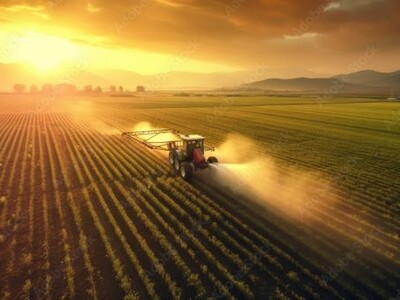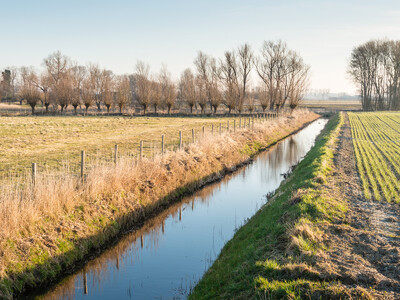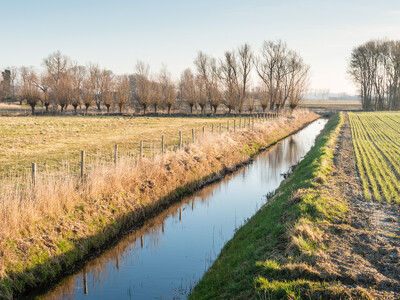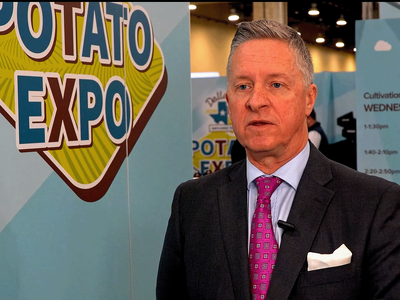Reducing Power Consumption
Reducing Power Consumption. I’m Greg Martin as Line On Agriculture presents the Harvest Clean Energy Report.
In the grand scheme of things power consumption is not a constant. We use varying amounts at different times of the day and different days of the week. Power companies are aware of this and must roll with the changes. Tom Osborne, Mechanical Engineer for the Bonneville Power Administration has been working with different groups to help manage their power.
OSBORNE: The Bonneville Power Administration and Columbia REA worked with Simplot to come up with an innovative strategy to reduce power consumption during peak periods. The way we did that is our agreement with the REA was to work with Simplot to hire their consulting company who developed software package to run the farm and the farms irrigation equipment to come up with a module that when asked it could shed load.
This was a unique approach to power management and was able to shed about 10% of their total load which in Simplot’s case is fairly significant.
OSBORNE: The way the system was set up is they could prioritize which pivots could be turned on and off each day. So for instance each morning individual field managers go out into their field and they check on the moisture content and status of the plant, determine what needs to be done for the day. And so they’ll call into the office and say I need .25 inches today or I need .33 inches today of irrigation.
Simplot is not the only farm that uses this type of system and interestingly the same idea can be used to water your grass and plants around your home. Instead of just turning the pumps on and letting them run, the system gives you just the amount of water needed and then shuts off.
OSBORNE: It benefits the EPA and the Rural Electric Coop and also the farm if they can use tools like these to help manage their energy consumption and in particular their demand charge. And what the demand charge means is the peak demand for the month, if they can keep track of it and say I’m going to keep it under “X” and as irrigation loads continue to increase because temperatures continue to increase and the plants require more and more water because of their stage of growth then they can say, okay what can I do as far as reducing my consumption.
He says that with more and more demand for energy these kind of ideas bear scrutiny.
OSBORNE: So that’s why looking at the smartgrid whether it’s at home or whether it is on the farm I think is the next adventure on - if we have to balance generation and loads and if we can’t do much more with generation then maybe loads are the way to look at.
For additional information on clean energy, visit harvestcleanenergy.org. That’s today’s Line On Agriculture. I’m Greg Martin on the Ag Information Network.???www.harvestcleanenergy.org

















